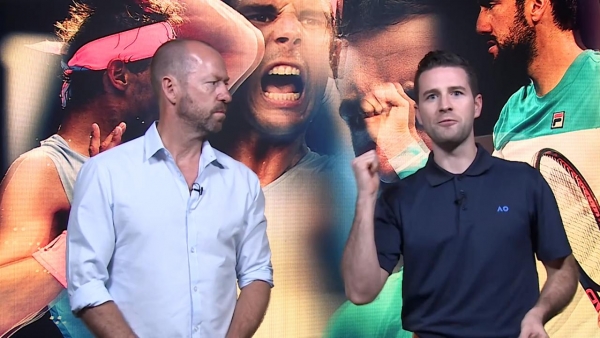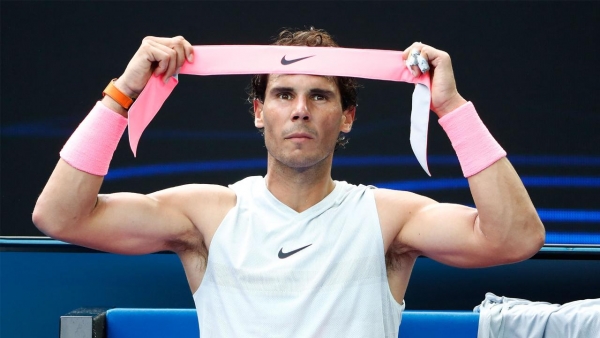First serves are an asset. Second serves are a liability.
First serves are the ultimate first strike weapon that always delivers a robust return on investment. First serves allow the server to keep leaning on the ball, control the baseline, and make impressive forays to the net. They are also guilt free. No drama if you miss it. Just pass along the hefty responsibility of winning the point to the second serve.
MORE: All the latest scores and results
First serves make you look like a million dollars. What’s ironic is that second serves matter more to actually making that million.
Second serves are the real battleground in tennis. Second serves are not as sexy, but they affect the bank account way more than first serves.
A couple of questions for you…
Is it more impressive that Marin Cilic has won 82 per cent (218/265) of his first serve points so far at Australian Open 2018 or 59 per cent (89/150) of his second serves?
Will performance behind his first or his second serve matter more on Tuesday night if he is to do the unthinkable and defeat world No.1 Rafael Nadal?
It’s second serves … by a country mile.
Winning points behind first serves is a given. Winning points behind second serves is a privilege.
Points won serving: 2018 Australian Open comparison
|
Serving |
Marin Cilic |
Rafael Nadal |
Tournament Average |
|
First serve points won |
82% |
71% |
72% |
|
Second serve points won |
59% |
63% |
49% |
Through the first four rounds of the Australian Open, both Cilic and Nadal are well above the tournament average winning points behind their second serves. Cilic is at 59 per cent, and if he can sustain that against the Spaniard, then he has an excellent chance of advancing to the semifinals.
But history suggests otherwise.
They played twice in 2017 (Shanghai and Acapulco), with Nadal winning both encounters in straight sets. Overall, Cilic averaged winning a healthy 53 per cent of his second serve points in 2017, but Nadal hammered that down to 41 per cent (23/56) in those two matches.
2017 Shanghai: Nadal d Cilic 7-5 7-6(3) - second serve points won
Nadal = 60% (12/20)
Cilic = 45% (14/31)
2017 Acapulco: Nadal d Cilic 6-1 6-2 - second serve points won
Nadal = 65% (11/17)
Cilic = 38% (9/25)
Shanghai and Acapulco combined - second serve points wn
Nadal = 62% (23/37)
Cilic = 41% (23/56)
It’s important to understand that there is a lot more that goes into the second serve stat than just the second serve. At Australian Open 2018, Cilic has averaged hitting first serves at 182 km/h (113mph). That average drops to 152 km/h (94mph) on second serves.
Cilic’s opponents are absolutely on defence against his first serve, but can typically find offence against his slower second delivery. Cilic is 6’6”, so there is a lot to get organized with his serve +1 groundstroke right after he hits his second serve.
Nadal’s strategy will be to aim deep down the middle of the court, and rush Cilic’s first serve +1 groundstroke, giving the tall Croatian little time to prepare for his initial groundstroke. Nadal wants instant offence, and if he gets it in this particular segment of the point, he will typically enjoy that offence for the remainder of the point.
Cilic must counter Nadal’s powerful second serve returns by hitting his second serves deep in the service box, jamming Nadal if at all possible. That’s a primary reason Nadal stands so far back to return - to avoid getting jammed, and to take a big cut at the ball to instantly force an error.
Cilic would be wise invest more time on the practice court this afternoon working on deep second serves. He needs to reap those dividends this evening.
PREDICTION: Nadal in four sets

